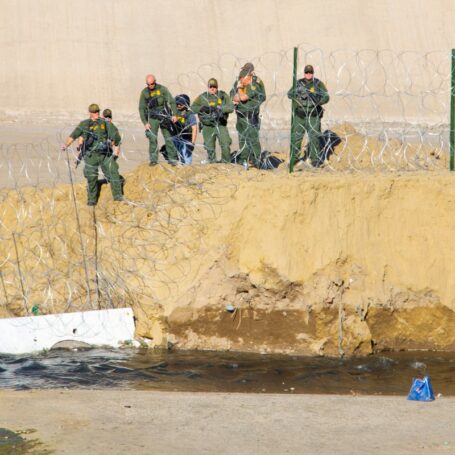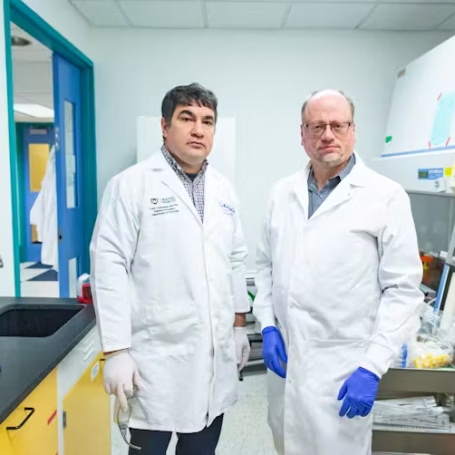Is True-Crime Therapy?
A question I can rely on being asked at any public talk I give is “Does your descriptions of how psychologists may help to solve crimes make criminals savvy and better able to avoid detection?” It is a fascinating question based on so many assumptions that the janitor is usually waiting anxiously by the door for me to finish my lengthy answer so he can get home to bed.
Perhaps the most ironic aspect of the question’s assumptions is that it is rare indeed for police detectives to take any notice of psychological insights or processes that may help their investigations. Despite the prevalence in fiction of clever protagonists who can read the minds of unknown criminals, in fact the very few people around the world who have a role in providing insights into villains’ psychology, complain regularly that their contributions are ignored. Of course, much of what they have to offer is without doubt of little value, or even misleading, as illustrated by the appalling guidance given to the investigation into the murder of Rachel Nickell. The advice was intended to demonstrate Colin Stagg was the killer, allowing the real culprit to go free and kill again.

Even when there is good evidence that a systematic, scientific process, based on established psychological research, could improve the effectiveness of police investigations, it is ignored. I’ve now carried out three large-scale studies with major UK police forces. They all demonstrated there was an effective way of improving investigations. But for each project the police officers supporting the work retired, were promoted or moved to other departments so that the project, which had cost the tax payer serious money, lay languishing at the back of a computer. It is a cliché in crime novels that there is the risk that the key investigator is moved away from solving the crime. But in what passes for real-life, I think that is more common than usually appreciated.
Even if the guidance on offer were to be utilised by the police, another assumption in the question is that the criminal could take account of it. This is less possible than may be realised. Take the most obviously useful guidance that is based on where crimes are committed. There is a quarter century of research demonstrating that quite sensible statistical models can be applied to crime locations in order to narrow down where a serial criminal may be likely to be residing. Of course, ever since outlaws ‘made for the border’ in order to get out of the local jurisdiction, criminals have been aware that their movements can help to evade capture. Some I have interviewed have even explained that they deliberately leave the crime scene in the opposite direction to where they want to get to, and then eventually double back, in case they are seen.
But the algorithms indicating where an offender is likely to be based are founded on assumptions about what he (usually) is familiar with and how he is trying to avoid detection. He won’t go back to where he may be recognised, if his crime included contact with a victim or witness. Or if there is now huge police presence because the crime was so serious. There are those very rare killers, especially in the US, who will insert themselves into the investigation in order to see what is going on. Perhaps the most well-known example of this in the UK is the retired police detective Rodney Whitchelo, who set up an extortion scam. He threatened supermarkets by saying he would put broken glass in products such as baby food unless they paid up. (I think the tops on products now which cannot be removed without leaving evidence that they’ve been tampered with, should be called Whitchelo tops in remembrance of the vulnerabilities to which he drew attention.) But he kept in touch with his old mates in the police to monitor how successful they were being in trying to identify him. This eventually was his undoing, as it was for Ian Huntley, who gave television interviews during the investigation to the murder of two young girls in Soham. He was eventually convicted of their murder.
Yet, anything that a criminal does that reduces the possibility of his remaining anonymous increases his risk of detection. This is also the case if he determines to break his usual patterns of activity. Moving to an area he is not familiar with makes him more vulnerable. He may be recognised as a stranger. His journey back after the crime is probably longer and more open to revealing his identity than in an area where he knows the back streets and alleys. The same is true if he changes the habits that are a clue to his identity. There is a skill in using a firearm. If he doesn’t have that under control, he could get himself into some difficulty.
Another assumption underlying the question of whether revealing how crimes can be solved will improve the effectiveness of criminals, is that the average felon is not an effective thoughtful person. Sadly, the majority of people who regularly commit crimes are failures of the educational system. They are often barely literate, not very bright, frequently impulsive and often neurotic. Typically, they do not have the intellectual abilities to study academic or true-crime to learn how to avoid detection. The exceptions from Holme’s nemesis Moriarty to the recently fictionalised Hatton Garden bank robbers generate great stories. Who would Columbo, Miss Marples or any of the flock of fictional detectives be if the villain they were seeking was some dimwit who happened to have a lucky escape?
The ones who do plan and think through how they will commit the crime and get away with it don’t need to study academic publications, true-crime, or even fictional accounts. Their associates, the newspapers and cautious thought, all give them ideas of what the perfect crime might be. Much as crime writers add imagination to popular knowledge to create their fictions, so careful criminals invent new forms of criminality on the back of what is already out there. Edgar Pearce thought he could do better than Rodney Witchelo’s extortion scam, threatening banks and supermarkets with dangerous devices unless they paid a ransom. He did study how to make bombs and took great care to limit the possibility of any of his devices being traced back to himself. He was caught when he collected his pay-off from an ATM.
These careful ‘master’ criminals know what they are doing and have justified to themselves why it is appropriate to do it. Many, probably most, criminals have a confused view of who they are and what they are doing and why. Their reading of books like mine are more likely to help them understand themselves than give them ideas of how to avoid detection. I know this from discussions with offenders, especially from a letter I got. Sent by a violent offender in a South African prison, that letter has to be one of the most rewarding communications from a reader I’ve ever had. He told me that he was struggling with a violent past and that in reading my book he had become aware that he had always thought of himself as a victim. That is one of the ‘inner narratives’ I discuss in my book Criminal Shadows. He said that he was reconstructing a more positive account of his life story, particularly its future, and this was helping him to control his violent tendencies. Since that time a lot more study of offenders’ personal narratives has supported the view that realising the life story they have created for themselves, is a crucial first-step towards reconstructing a way of thinking about themselves that does not include or require criminality. Crime fact and crime fiction can assist in that retelling.
There is one final point about publishing research findings. Secret research is inevitably bad research. Scientists have to expose their work to scrutiny otherwise it becomes self-serving. None us like to face weaknesses in what we do. We need the cold gleam of disinterested, or even jealous, eyes to show us what we may be hiding from ourselves. Just as an unpublished novel can’t distress or insult anyone, but may also be unknowingly brilliant or worthless, so an account of how criminals may be caught that is kept secret is not open to abuse. But it may also be implausible or illogical. Without public scrutiny we’ll never know.

























































































